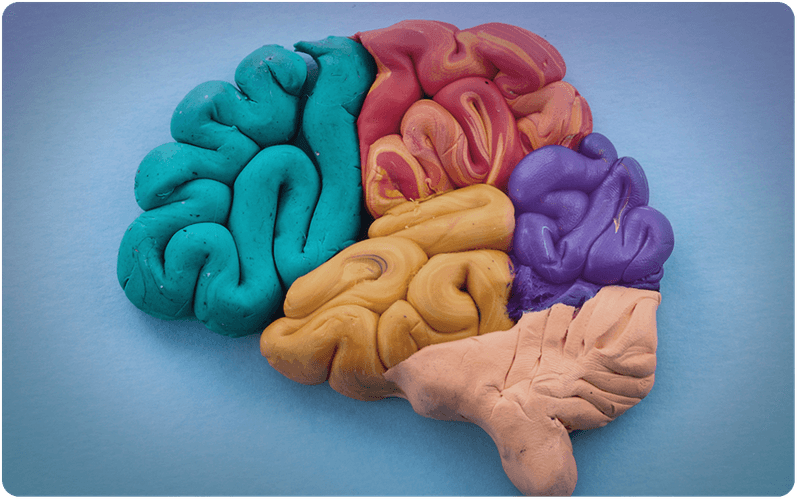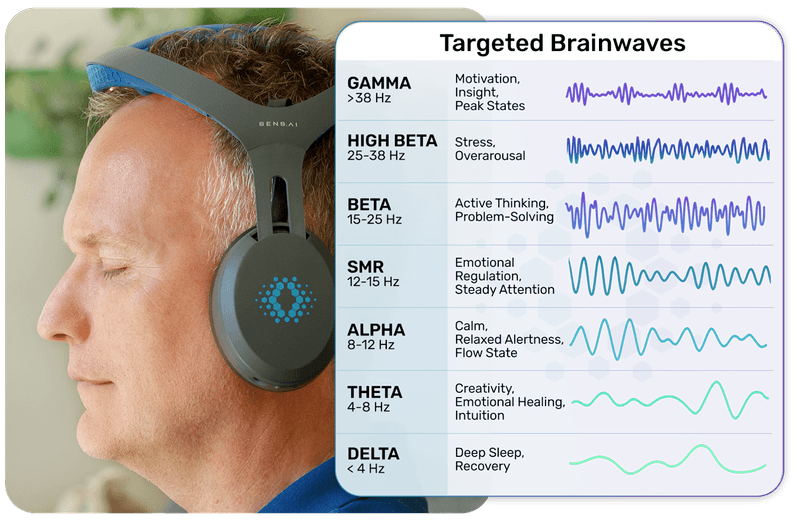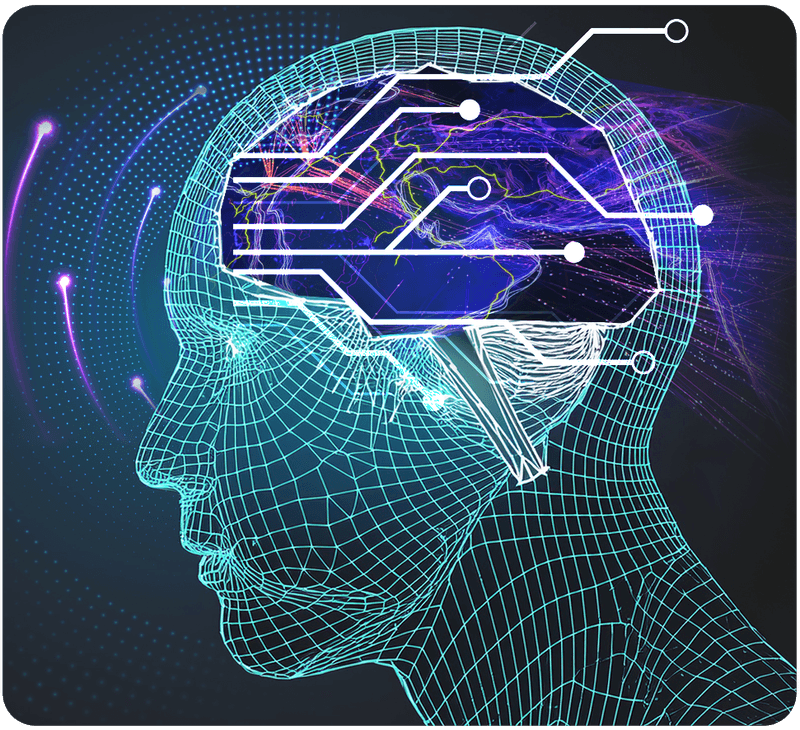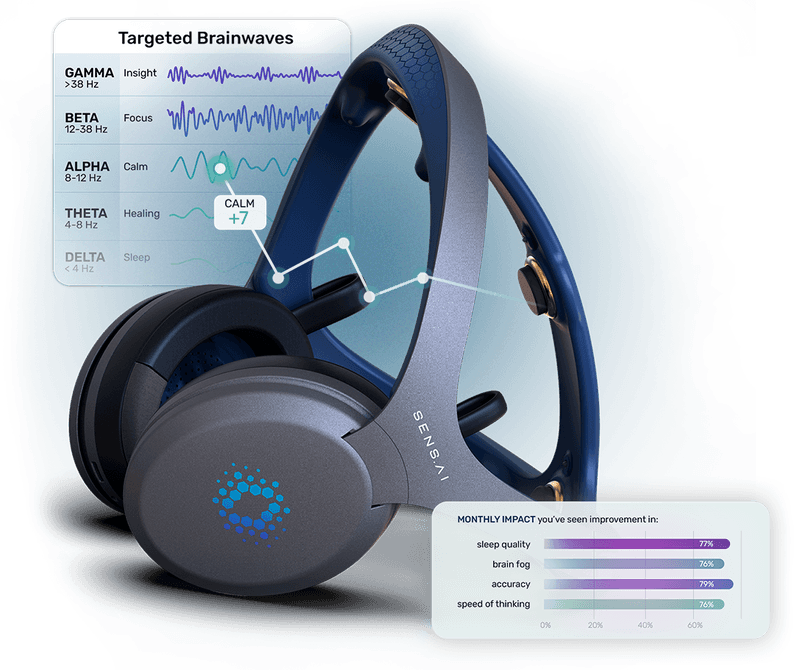Neuroplasticity
Your Brain’s Built-In Superpower

Your brain is always changing. The question is—will it change by default, or by design? Neuroplasticity is the brain’s natural ability to rewire itself in response to experience, learning, and intention.

What Is Neuroplasticity?
Neuroplasticity is the brain’s capacity to form new connections and reorganize itself over time. It’s what allows us to learn, adapt, and recover. This ability doesn’t stop after childhood—it continues throughout life, shaping how we think, feel, and respond to the world.
From building a new habit to recovering from injury, neuroplasticity underlies every meaningful change in the brain. But it’s not automatic. It depends on what you do, how often you do it, and how engaged your brain is during the process.
Why It Matters
In a distracted, overstimulated world, your brain is constantly adapting—but not always in helpful ways. Chronic stress, multitasking, and screen overuse can reinforce mental patterns of reactivity, distraction, or fatigue.
The power is already in your hands. Neuroplasticity is your right—it’s built into your biology. By learning how to work with it deliberately, you can reinforce new neural pathways and gently quiet the ones that no longer serve you.
How Neuroplasticity Is Supported
There are several ways to support and enhance neuroplasticity:
- Train: Practices like neurofeedback, HRV biofeedback, meditation, and breathwork help the brain learn new patterns through repetition and real-time feedback.
- Boost: Non-invasive neurostimulation, such as photobiomodulation and binaural beats, prime the brain for learning by increasing readiness and receptivity.
- Lifestyle Interventions: Strengthens attention and emotional regulation by training the mind to become more aware and less reactive.
These methods don’t just enhance brain states—they help reinforce lasting change by working with how the brain naturally learns and adapts.
How Change Happens
Neuroplasticity is driven by experience—but not just any experience. The brain changes best when the input is clear, consistent, and meaningful. Repetition matters, but so does attention. When you’re fully engaged in what you’re doing, your brain pays attention—and begins to rewire itself. This is what long-term meditation does.
This is why combining real-time biofeedback with consistent practice is so effective. It helps the brain notice what’s working and build on it.
Carving New Pathways
Think of your brain like a forest. Each time you practice a new pattern—calm, focus, presence—you walk a new path through the trees. The more often you walk it, the clearer that trail becomes. Eventually, it turns into the new default.
Old paths fade. New ones form. That’s neuroplasticity in action.
Ready to try Brain Training?
Whether you want better sleep, sharper focus, or to evolve into your highest potential—Sens.ai was built for your journey.


